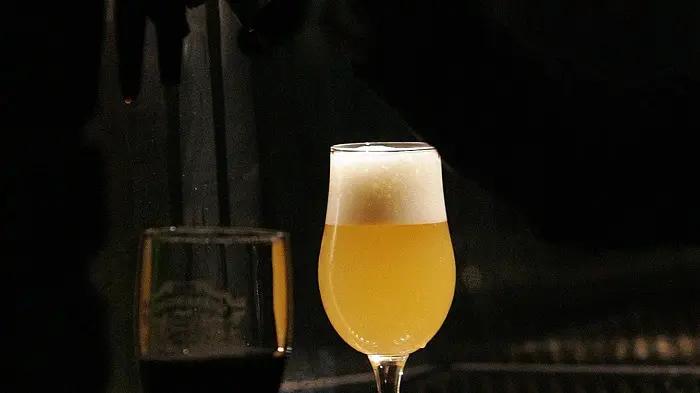Researchers from the Microorganism Culture Collection at Kayta, in collaboration with LAMAP at the University of Santiago of Chile, have uncovered promising potential for wine yeasts to diversify and enhance future beer styles.
Traditional brewing yeasts, primarily Saccharomyces cerevisiae strains, possess genetic traits that enable survival and fermentation in malt wort by metabolizing maltose and maltotriose. However, these strains are uniquely adapted to the challenging brewing environment characterized by high osmotic stress and low temperatures. Non-brewing Saccharomyces strains have historically struggled to ferment effectively under such conditions, limiting brewers to a narrow range of yeast strains. This limitation has resulted in higher production costs and contributed to the homogenization of beer flavors.
To address this, the research team collected Saccharomyces cerevisiae isolates from 12 distinct Chilean viticultural regions and included strains from Argentine Patagonia known for their brewing capabilities as benchmarks. Using an adaptive evolution process, the scientists enhanced the fermentative capacity of these native winemaking yeasts, enabling them to perform in brewing environments.
The study, published in Frontiers in Microbiology, reports the development of an evolved yeast strain capable of consuming maltose and maltotriose efficiently, thriving in very high gravity wort (29°P) at low temperatures (18°C) without agitation. Whole-genome sequencing revealed genetic changes linked to this improved brewing phenotype, many of which correspond to gene functions associated with survival in the stressful conditions of grape must — environments characterized by low pH and high glucose and ethanol concentrations.
These findings demonstrate the successful application of high-stress adaptive evolution to improve the fermentative traits of regional winemaking yeasts for brewing purposes. The research suggests that this method could allow brewers to obtain yeast strains capable of efficient alcoholic fermentation in wort without relying solely on traditional brewing yeasts.
Additionally, the evolved strains produced beer with higher attenuation and ethanol content compared to their parental counterparts. The resulting beers exhibited enhanced ester complexity and unique, exotic aromas and flavors. This opens the possibility of creating novel beer styles with greater alcoholic complexity and distinctive sensory profiles, setting them apart from products brewed with commercially dominant yeast strains.
The researchers summarized their work by stating, “An adaptive evolution program using Chilean native wine yeasts yielded a strain producing beer with higher attenuation, ethanol concentration, and ester complexity than the parental and commercial strains.”
This study highlights the feasibility of improving non-brewing yeasts for beer production, which could drive innovation and evolution within the beer industry. Importantly, the adaptive evolution technique employed induces non-genetically modified organism (non-GMO) mutations, circumventing the contentious debate surrounding the use of genetically modified yeast in brewing.
The scientists concluded, “Adaptive evolution offers a pathway to harness yeast strains of non-brewing origin for efficient brewing fermentation, expanding the diversity and potential of yeast resources available to brewers worldwide.”
Recent market analyses also indicate a growing demand for liquid yeast products in both brewing and winemaking sectors, forecasting a global market expansion valued at approximately US$3.34 billion between 2024 and 2028.
You Might Be Interested In:


